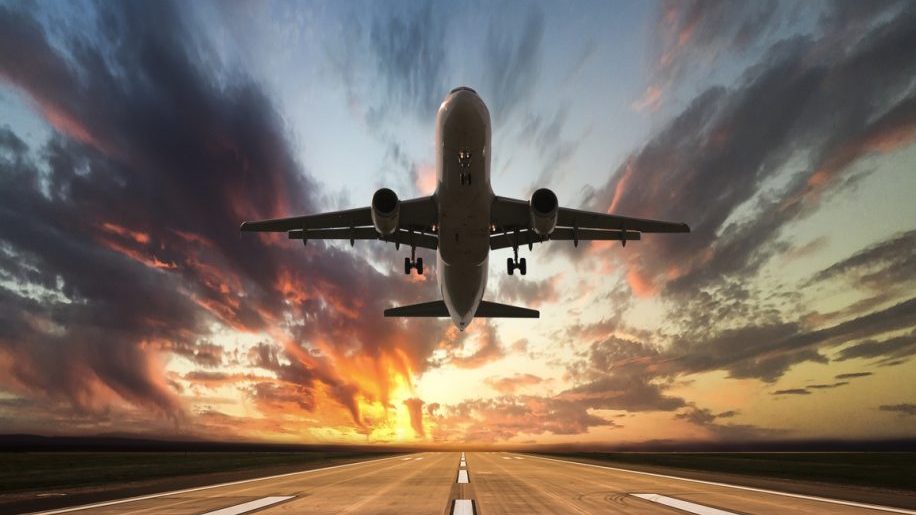Airports Council International (ACI) Europe has revealed that passenger traffic nearly doubled across the European airport network in 2022 compared to the previous year.
Nearly two billion passengers (1.94 billion) travelled through European airports last year, though this was still 21 per cent below pre-pandemic levels.
According to the trade body, just 27 per cent of Europe’s airports have fully recovered to their 2019 passenger traffic levels.
Istanbul remained the busiest European airport in 2022, handling 64.3 million passengers and almost recovering to its pre-pandemic traffic volume (-6.2 per cent).
London Heathrow followed in second position, with 61.6 million passengers – a 23.8 per cent below 2019.
Paris CDG came in third position with 57.5 million passengers, followed by Amsterdam Schiphol (52.5 million) and Madrid (50.6 million).
In 2021, the top five busiest European airports for passenger traffic were: Istanbul, Moscow Sheremetyevo, Paris CDG, Amsterdam Schiphol and Moscow Domodedovo.
Olivier Jankovec, director general of ACI Europe commented on the news:
“The surge in passenger traffic last year has been phenomenal. Kicking off in early spring when most travel restrictions were finally lifted, it boomed over the Summer and remained resilient afterwards. All of this despite geopolitical shocks, deteriorating macro-economics, fast-rising air fares and Covid still being with us. If anything, 2022 has been the year in which we finally learned how to live and travel with Covid-19.”
He added that this was not “yet a full recovery” as airports were still 500 million passengers short of pre-pandemic levels.
Looking ahead, he stated:
“There is still a lot of uncertainty about 2023, not least because of geopolitical tensions and the fact there is no end in sight for the war in Ukraine. But the traffic outlook is getting better thanks to demand headwinds easing somewhat with the reopening of China, recession fears for Europe subsiding and inflation softening.
“This should help in reducing the current traffic gaps and getting more airports closer to their pre-pandemic volumes. However, supply pressures are likely to remain significant given the structural capacity reductions made by most airlines during the pandemic, their strong focus on increasing yields through higher air fares rather than market share, aircraft delivery delays and labour shortages still being an issue in some markets.”


